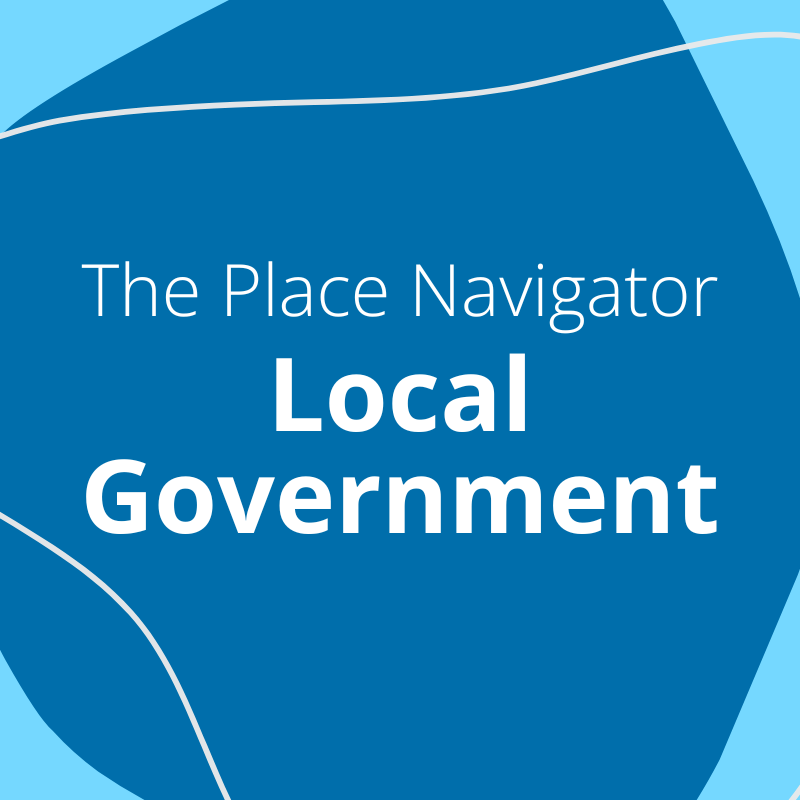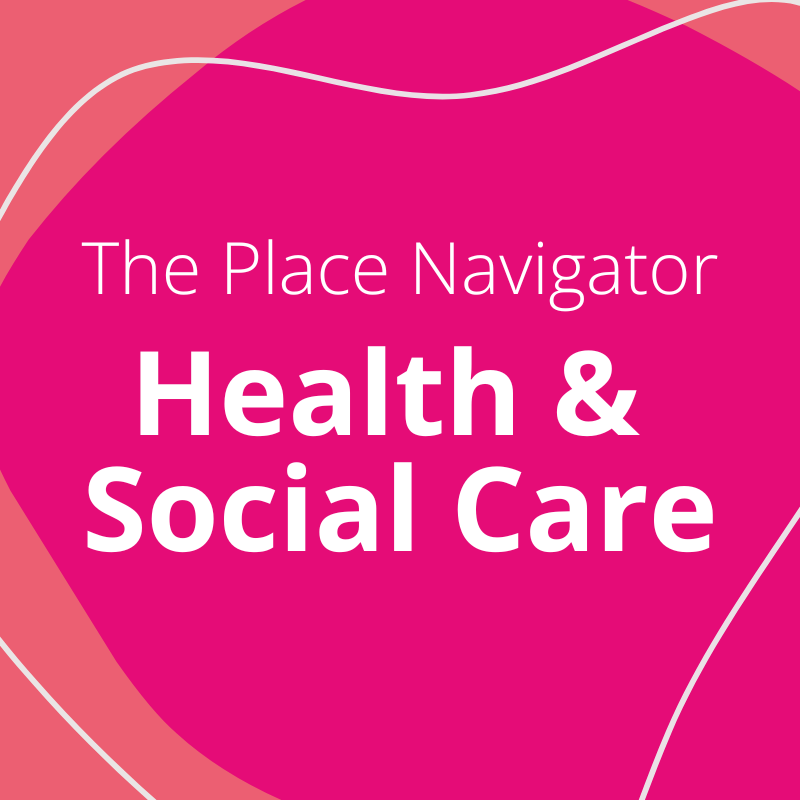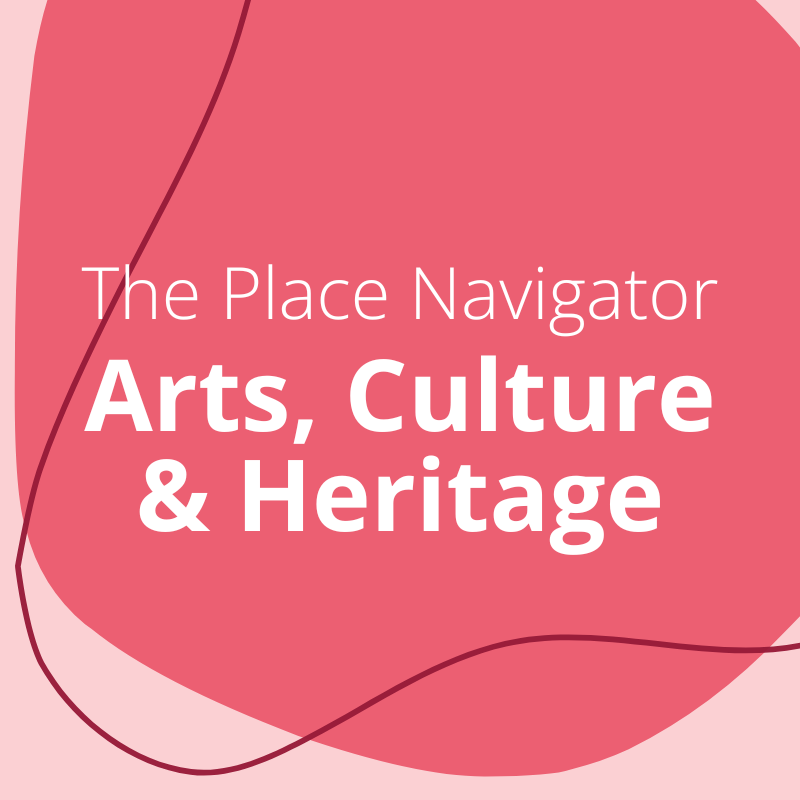Overview
In England, public services, such as justice, transport, emergency services, and community amenities, are delivered through a mix of national bodies, local authorities, agencies, and partnerships. These structures are designed to keep the public safe, provide access to services, maintain civic infrastructure, and build community wellbeing. At the national level, departments set policy and allocate funding, while local delivery is shaped by place-based priorities, often working collaboratively across sectors.
Key Agendas
Successful collaboration starts with truly understanding what matters to your partners. Here's a quick guide to some of the key agendas you might come across when working to develop relationships in this area.
Justice and Community Safety
Local partnerships bring together police, probation, courts, and local government to improve safety, prevent crime, and rehabilitate offenders. Priorities include crime reduction, community engagement in policing, and improving emergency response capabilities. Universities can support research or community safety programs. Some of the key areas of focus are:
- Rebuilding public trust in policing and justice through community engagement and transparency initiatives.
- Supporting diversion and early intervention programmes to prevent crime, especially among young people or vulnerable groups.
- Collaborating on public legal education, restorative justice, or peer support programmes with community groups and academic partners.
- Exploring alternatives to enforcement, such as trauma-informed policing, community mediation, and place-based safeguarding.
- Co-developing research and training on issues like institutional bias, public confidence, or inclusive safety strategies.
Sustainable Transport and Mobility
Local and combined authorities, with national transport agencies, lead efforts to improve connectivity, reduce congestion, and enable sustainable travel. They aim to Improve public transport accessibility, promoting cycling and walking infrastructure, and reducing emissions through green transport initiatives (e.g., electric buses, low-emission zones). Key areas of work are:
- Collaborating on active and green travel initiatives such as walking/cycling infrastructure, e-bike schemes, and low-carbon public transit.
- Addressing transport poverty and improving access to essential services for underserved or isolated communities.
- Working with transport planners and engineers on public engagement or user-centred design of infrastructure.
- Exploring smart mobility (e.g. data use, real-time transport apps, AI-led traffic management) with academic or industry partners.
Systemic Inequality
Racial equity is a significant and urgent agenda across all areas of public services, and it's increasingly embedded into national and local strategies. Key areas of work are:
Tackling structural inequalities:
Recognising and addressing how racism,both historic and systemic, shapes disparities in policing, justice, health, transport, and access to amenities.
Data, evidence and accountability:
Collecting, analysing, and disaggregating data by ethnicity to reveal patterns of inequality in service access, outcomes, and experience. Using this to inform change and monitor progress.
Co-production with racially minoritised communities:
Ensuring communities most affected by injustice are central to decision-making, service design, and evaluation, not just consulted after the fact.
Reforming institutional practices:
- In policing: addressing stop and search disparities, use of force, and discriminatory practices.
- In courts: tackling disproportionality in sentencing and access to justice.
- In transport: ensuring equitable investment in infrastructure across all neighbourhoods.
Anti-racism training and culture change:
Embedding meaningful anti-racist practice into staff training, institutional values, and everyday operations, moving beyond 'diversity' toward structural change.
Emergency Services, Climate Resilience and Preparedness
Local councils are increasingly focusing on flood risk management, water conservation, and climate adaptation strategies.
Police, fire and rescue, and ambulance services operate across local geographies, often in multi-agency collaboration with councils and health services. Key areas of work are:
- Designing climate and crisis resilience strategies tailored to local geographies and communities (e.g. flood zones, heat risks, wildfire preparedness).
- Emergency services and councils collaborating on preparedness campaigns.
Top Tips for Working Together
Here are some key insights to help you collaborate more effectively with other actors in your place:
Understand the Service's Structure and Priorities
Each service has different governance structures, accountabilities, and planning cycles, get familiar with the landscape before engaging.
Start by exploring:
- Local authority departments responsible for transport, community safety, or services.
- Independent governance (e.g. Police and Crime Commissioners).
- National frameworks that shape local service delivery (e.g. Net Zero Strategy, Police & Crime Plans, Local Transport Plans).
Identify where place-based collaboration is encouraged or required (e.g. Safer Streets funding, climate adaptation).
Engage with Existing Forums and Cross-Sector Partnerships
Many local areas already have multi-agency partnerships or strategic boards where public services collaborate:
- Community Safety Partnerships (CSPs)
- Local Resilience Forums (LRFs)
- Transport Advisory Groups
- Emergency Preparedness Networks
Join as observers or contributors, or request to speak at working groups to build trust and learn about local priorities..
Look for staff working on the ground with communities:
- Neighbourhood policing teams, community engagement officers, or police partnership coordinators.
- Fire service prevention and community outreach teams.
- Local transport officers or active travel planners.
- Community development or neighbourhood services officers.
Listen first: what challenges do they face? Where do they need support, evidence, or collaboration?
Offer specific value: Can you run a workshop? Host a stakeholder roundtable? Support evaluation?
Work Around Timelines and Constraints
Understand that public service professionals often work under high pressure, with limited time for external engagement.
Be flexible with meetings, adapt to operational rhythms, and recognise that responsiveness may vary.
Avoid extractive approaches: partnerships work best when co-designed, not simply consulted.
Where appropriate, offer to pilot small ideas or build long-term relationships through ongoing work rather than one-off engagements.
Existing Relationships in your University
Universities are made up of many departments, faculties, schools etc. all of these are made up of individuals who may already have existing relationships with pubic service organisations. It's important to respect existing relationships and work with colleagues who have already spent time and care building them.
Where might partnerships already exist in your university?
Teaching
What courses does your university offer that align with public services? Look out for teaching in areas such as:
- Courses in law, criminology, policing, health and social care, emergency management, civil engineering, planning, public health, and social work are highly relevant.
- Professional placements with emergency services, councils, or the NHS may already exist.
Reach out to:
- Programme leaders or Directors of Teaching and Learning
- Placement Officers, Practice Educators, or Employability Leads
- Teaching partnerships between local authorities and universities (especially for social work and public health)
Attend curriculum development events, interprofessional learning forums, or sector-specific careers fairs to meet relevant contacts.
There may be community engaged / service-learning projects running in public service organisations or a your university may run a law clinic or other free/ low cost consultancy service to give students practice and community members access to services.
Universities can also partner with councils to create training programs for public sector employees, particularly in specialised areas like digital transformation, healthcare, and environmental management.
Research
Is your university home to research centres working on public service reform, safety, community wellbeing, infrastructure or justice?
Browse faculty and research centre websites for themes like:
- Social justice, inclusive cities, criminal justice, transport, or climate resilience
Check for:
- Collaborative research projects with local authorities or emergency services
- Research impact case studies submitted to REF that relate to public service outcomes
Reach out to:
- Principal Investigators or Centre Directors
- Policy Impact Officers or Knowledge Exchange Professionals
Attend public lectures, community-based research showcases, or co-production workshops.
Operations
Universities play a key role as anchor institutions through how they operate day-to-day.
- Explore the university's estates, procurement, HR, or sustainability strategies, these may include commitments to:
- Community safety
- Local health and wellbeing
- Social value or local procurement
- Equity, diversity and inclusion
- Carbon reduction and resilience
- Universities often work with local services on joint infrastructure projects such as lighting, travel, green spaces, or emergency planning.
Look for:
- Involvement in local emergency preparedness, climate adaptation, or neighbourhood forums
- Engagement with community safety partnerships or transport planning
Reach out to:
- Sustainability or Estates Managers
- Heads of Procurement or Social Value Leads
- Community Safety, Emergency Planning, or Equality, Diversity & Inclusion leads
Central Activity
Universities often hold central relationships with local authorities, police, combined authorities and local boards. These may be driven through civic strategies, local governance, or shared planning forums.
- Read the university's strategy and check to see if a civic agreement is in place.
- Look for mentions of place-based collaboration, partnership working, or shared outcomes.
- Senior staff may sit on Community Safety Partnerships, Local Resilience Forums, or transport boards.
Reach out to:
- Director of External Affairs or Strategic Partnerships
- Knowledge Exchange Leads or Civic Strategy Managers
Attend university-hosted stakeholder events, community briefings, or place-based roundtables, these are ideal for building relationships or learning who's already involved.
Who might you work with?
Explore some of the key people you might partner with:

Police Partnership Officer
AKA: Community Safety Partnership Officer, Safer Communities Officer, Crime Reduction Partnership AdvisorWhat do they do?
Coordinate and manage partnerships between police and external organisations (e.g. local councils, health services, schools, social care).
Deliver or facilitate community engagement initiatives (e.g. safer school programmes, neighbourhood reassurance work).
Where you might find them?
Within local police forces, often as part of; Community Safety Units, Neighbourhood Policing Teams, Strategic Partnerships or Engagement Teams. Working with or seconded to; Local authorities, Community Safety Partnerships (CSPs).
What's important to them?
Reducing crime and harm through prevention and partnership rather than enforcement alone and building trust and legitimacy of policing through visible, accountable collaboration.
Supporting initiatives that address the root causes of crime (e.g. poverty, lack of opportunity, poor housing).

Neighbourhood Services Officer
AKA: Neighbourhood Engagement Officer, Community Development OfficerWhat do they do?
Act as a liaison between residents and the council, addressing concerns about local cleanliness, anti-social behaviour, street lighting, refuse, parks, noise, and other environmental services.
Coordinate local improvement projects, e.g. community clean-up days, minor repairs, and public realm enhancements.
Collaborate with other services such as policing, housing officers, youth services, and environmental health.
Where you might find them?
Local Authorities, Housing Associations, Town and Parish Councils, Regeneration Partnerships.
What's important to them?
Acting as a bridge between the council and communities, especially in more deprived or neglected areas.
Supporting and building community resilience and cohesion, empowering residents to take pride in their local area.

Community Engagement Lead in a Utility Company
AKA: External Affairs Lead, Regional Engagement Lead, Customer and Community Engagement LeadWhat do they do?
Act as a link between the utility company and local areas (councils, combined authorities, community orgs), they will attend local forums, planning meetings, and regional boards.
Support public consultations and engagement around major works (e.g. roadworks, infrastructure upgrades).
Where you might find them?
In large utility companies'; External affairs or regional engagement teams, Customer & stakeholder services, Sustainability/net-zero strategy teams, Planning and investment units
On partnership boards like; Combined authority infrastructure boards, Green growth taskforces, Anchor institution networks.
What's important to them?
Customer satisfaction and minimising disruption from works.
Regulatory requirements to engage locally (e.g. Ofwat, Ofgem now require place-based planning).
Demonstrating social value and community benefit.

Transport Planner
AKA: Logistics Planner, Supply Chain Planner, Mobility ConsultantWhat do they do?
Develop and implement transport policies (e.g. active travel, bus networks, decarbonisation).
Often leads on Local Transport Plans (LTPs).
Where you might find them?
Local authorities; Combined Authorities; Transport partnerships like TfL.
What's important to them?
Connectivity, sustainability, reducing congestion, integrating transport and land-use planning, accessibility for all users.

Climate Resilience or Climate Adaptation Officer
AKA: Sustainability and Resilience Officer, Climate Change Adaptation AdvisorWhat do they do?
Develop and implement local climate adaptation strategies, including flood risk, heatwaves, drought, and nature-based solutions.
Engage with communities to raise awareness, co-create solutions, and promote behavioural change.
Where you might find them?
Local authorities (often within climate change, sustainability, or environmental strategy teams), local Resilience Forums (LRFs) or Emergency Planning Units.
Community organisations or development trusts with environmental programmes.
What's important to them?
Building long-term community resilience to climate impacts, encouraging co-production of local solutions (e.g., green infrastructure, community energy, flood groups).
Equity and inclusion, ensuring vulnerable or marginalised groups are not left behind.

Emergency Planning and Resilience Officer
AKA: Crisis Management Coordinator, Emergency Preparedness Advisor, Continuity and Resilience LeadWhat do they do?
Prepare contingency plans for disasters, pandemics, and civil emergencies. Coordinate local resilience forums (LRFs).
Where you might find them?
Local authorities, fire and rescue services, NHS, or Police emergency planning teams.
What's important to them?
Cross-agency preparedness, community resilience, robust response protocols, and public communication strategies.
Birds Eye View
Key organisations and structures, click on the organisation to find out more.
National Bodies:
Government bodies:
Public bodies:
Regional Level:
Local Level:
Two Tier Councils
Single Tier Councils
Case Studies & Resources
Browse a range of other resources relevant to this infrastructure:




















